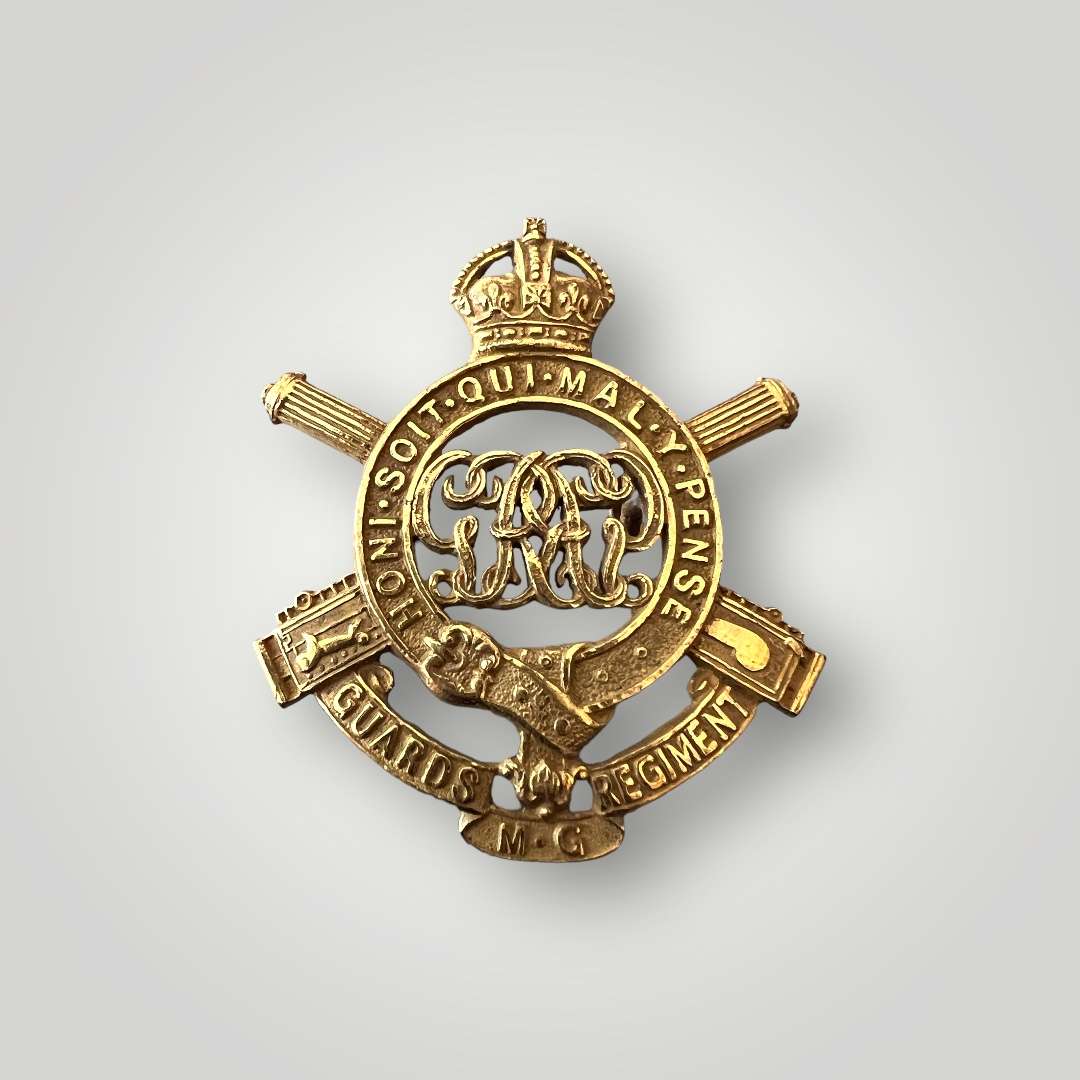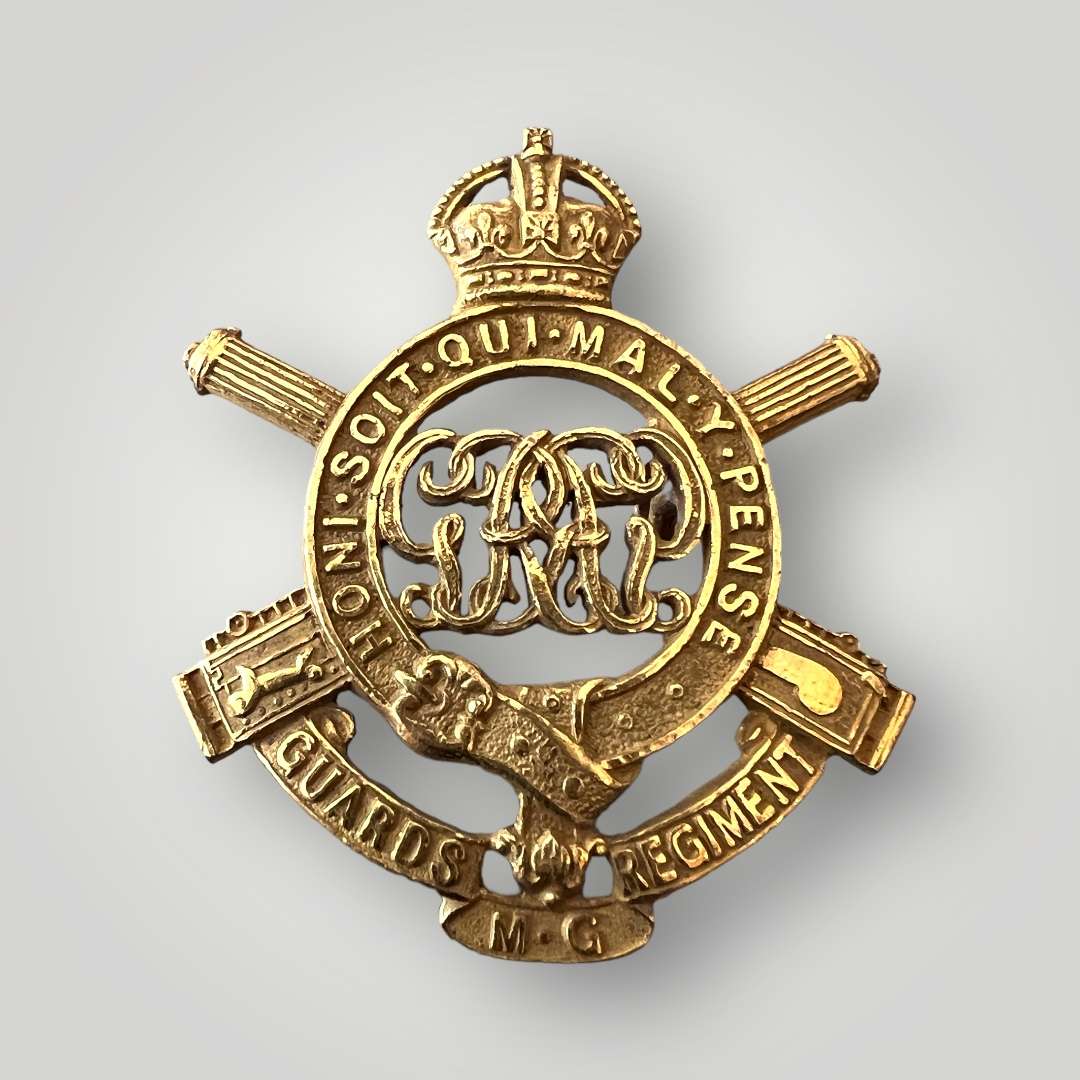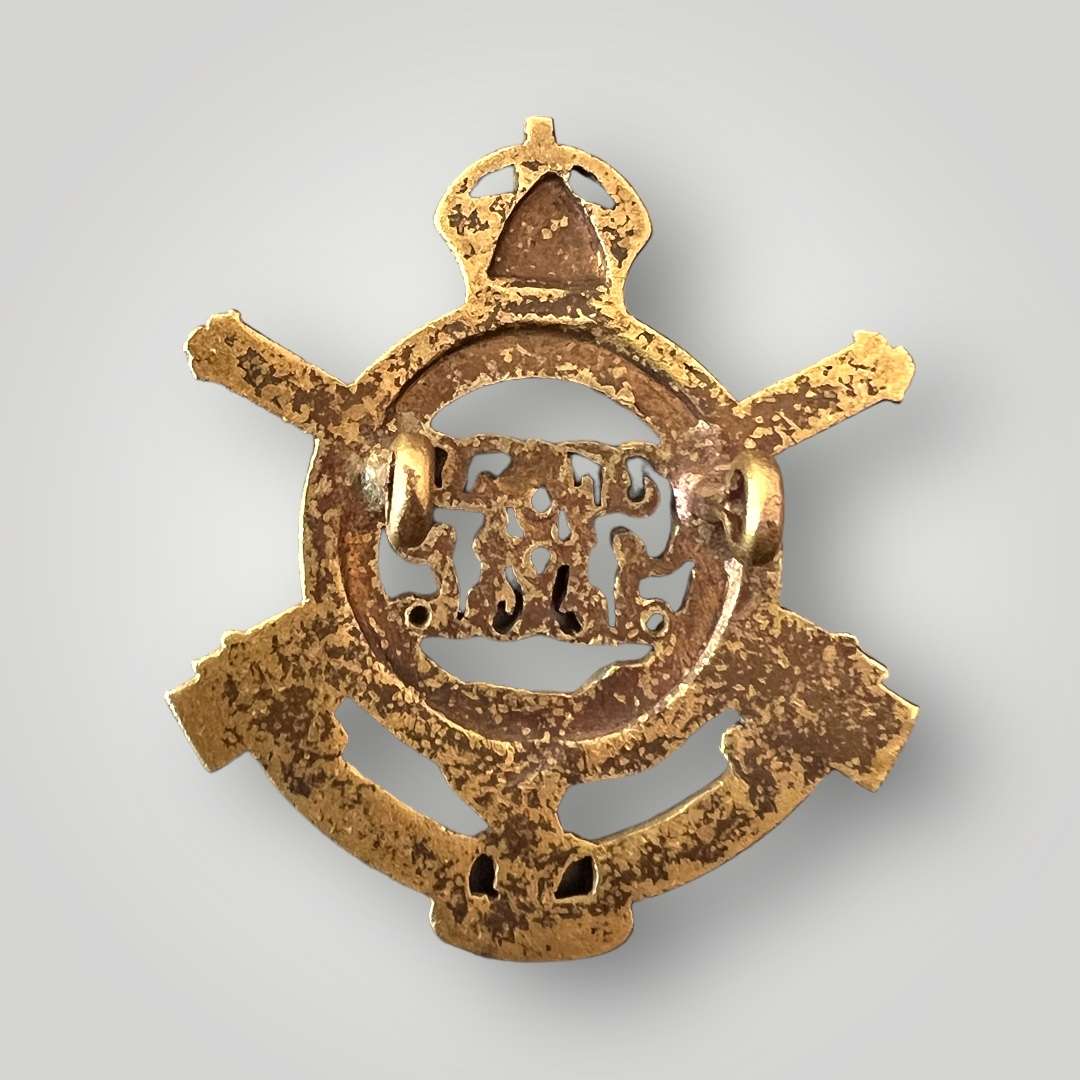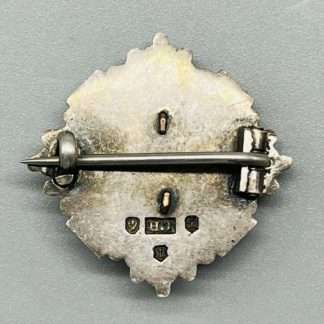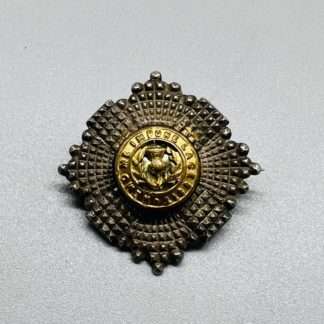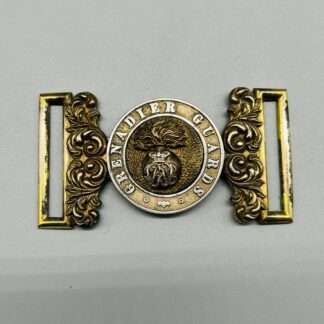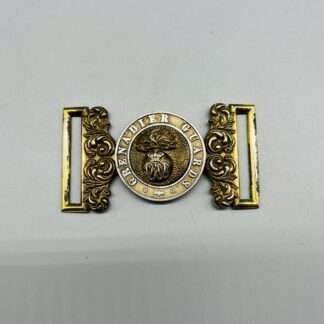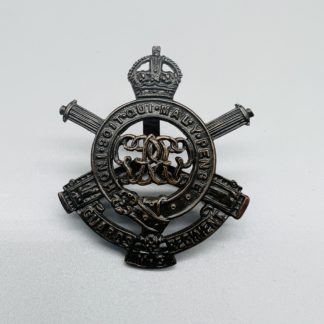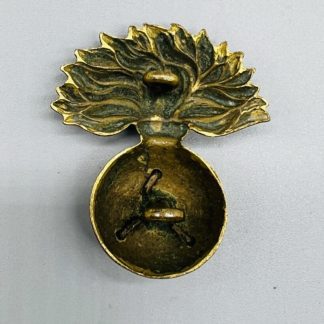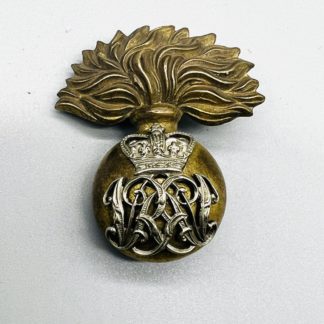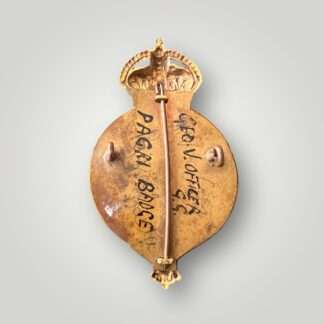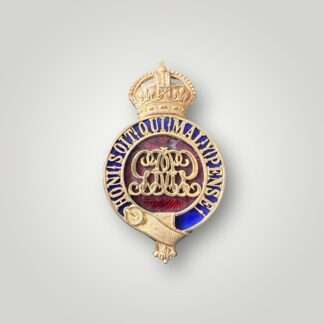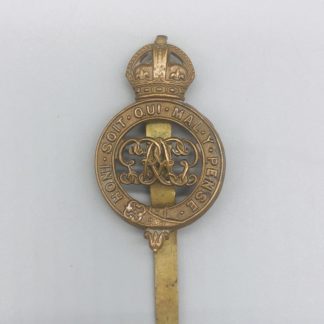Description
Guards Machine Gun Regiment Brief History
The Guards Machine Gun Regiment was a regiment of the British Army, formed for service in the First World War.
When the Guards Division was formed in August 1915, it included three machine gun companies, with a fourth added in March 1917. In April 1917, the four companies were grouped together as a single battalion named the Machine Gun Guards, before being re-designated by Royal Warrant in May 1918 as the Guards Machine Gun Regiment. In June, the regiment was reorganised into battalions.
The regiment comprised the following battalions
- 1st (Life Guards) Battalion – converted from the 1st Life Guards
- 2nd (Life Guards) Battalion – converted from the 2nd Life Guards
- 3rd (Royal Horse Guards) Battalion – converted from the Royal Horse Guards (“The Blues”)
- 4th (Foot Guards) Battalion – redesignation of the existing Machine Gun Guards battalion
- 5th (Reserve) Battalion – redesignation of the Guards Machine Gun Training Centre
The first three battalions served with the 1st Army of the British Expeditionary Force, while the 4th Battalion remained within the Guards Division. Following the conclusion of the war, in November 1918, the three Household Cavalry battalions resumed their traditional cavalry roles, leading to the disbandment of the 4th Battalion in February 1919.
The regimental establishment, comprising HQ and four machine gun companies, remained intact until 1920. Notably, the regiment participated in the Trooping the Colour ceremony in Hyde Park, London, to commemorate the King’s Official Birthday in June 1919, alongside other foot guard regiments.
However, on 26 February 1920, an army order was issued, mandating the immediate disbandment of the regiment and the cancellation of the 1918 royal warrant.


